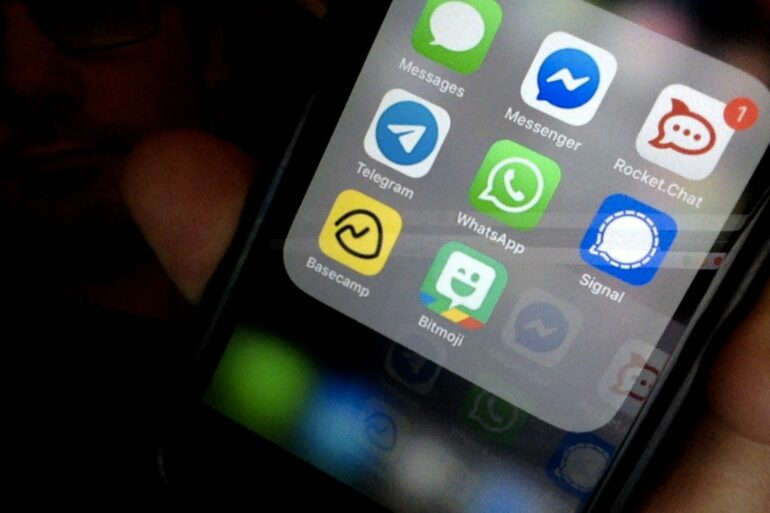Imagine opening your front door wide and inviting the world to listen in on your most private conversations. Unthinkable, right? Yet, in the digital realm, people inadvertently leave doors ajar, potentially allowing hackers, tech companies, service providers and security agencies to peek into their private communications.
Much depends on the applications you use and the encryption standards the apps uphold. End-to-end encryption is a digital safeguard for online interactions. It’s used by many of the more popular messaging apps. Understanding end-to-end encryption is crucial for maintaining privacy in people’s increasingly digital lives.
While end-to-end encryption effectively secures messages, it is not foolproof against all cyberthreats and requires users to actively manage their privacy settings. As a cybersecurity researcher, I believe that continuous advancements in encryption are necessary to safeguard private communications as the digital privacy landscape evolves.
How end-to-end encryption works
When you send a message via an app using end-to-end encryption, your app acts as a cryptographer and encodes your message with a cryptographic key. This process transforms your message into a cipher – a jumble of seemingly random characters that conceal the true essence of your message.
This ensures that the message remains a private exchange between you and your recipient, safeguarded against unauthorized access, whether from hackers, service providers or surveillance agencies. Should any eavesdroppers intercept it, they would see only gibberish and would not be able to decipher the message without the decryption key.
When the message reaches its destination, the recipient’s app uses the corresponding decryption key to unlock the message. This decryption key, securely stored on the recipient’s device, is the only key capable of deciphering the message, translating the encrypted text back into readable format.

When you send a message using end-to-end encryption, the app on your phone uses the recipient’s public key to encrypt the message. Only the recipient’s private key, stored on their phone, can decrypt the message.
MarcT0K/Wikimedia, CC BY
This form of encryption is called public key, or asymmetric, cryptography. Each party who communicates using this form of encryption has two encryption keys, one public and one private. You share your public key with whoever wants to communicate securely with you, and they use it to encrypt their messages to you. But that key can’t be used to decrypt their messages. Only your private key, which you do not share with anyone, can do that.
In practice, you don’t have to think about sharing keys. Messaging apps that use end-to-end encryption handle that behind the scenes. You and the party you are communicating securely with just have to use the same app.
Who has end-to-end encryption
End-to-end encryption is used by major messaging…



